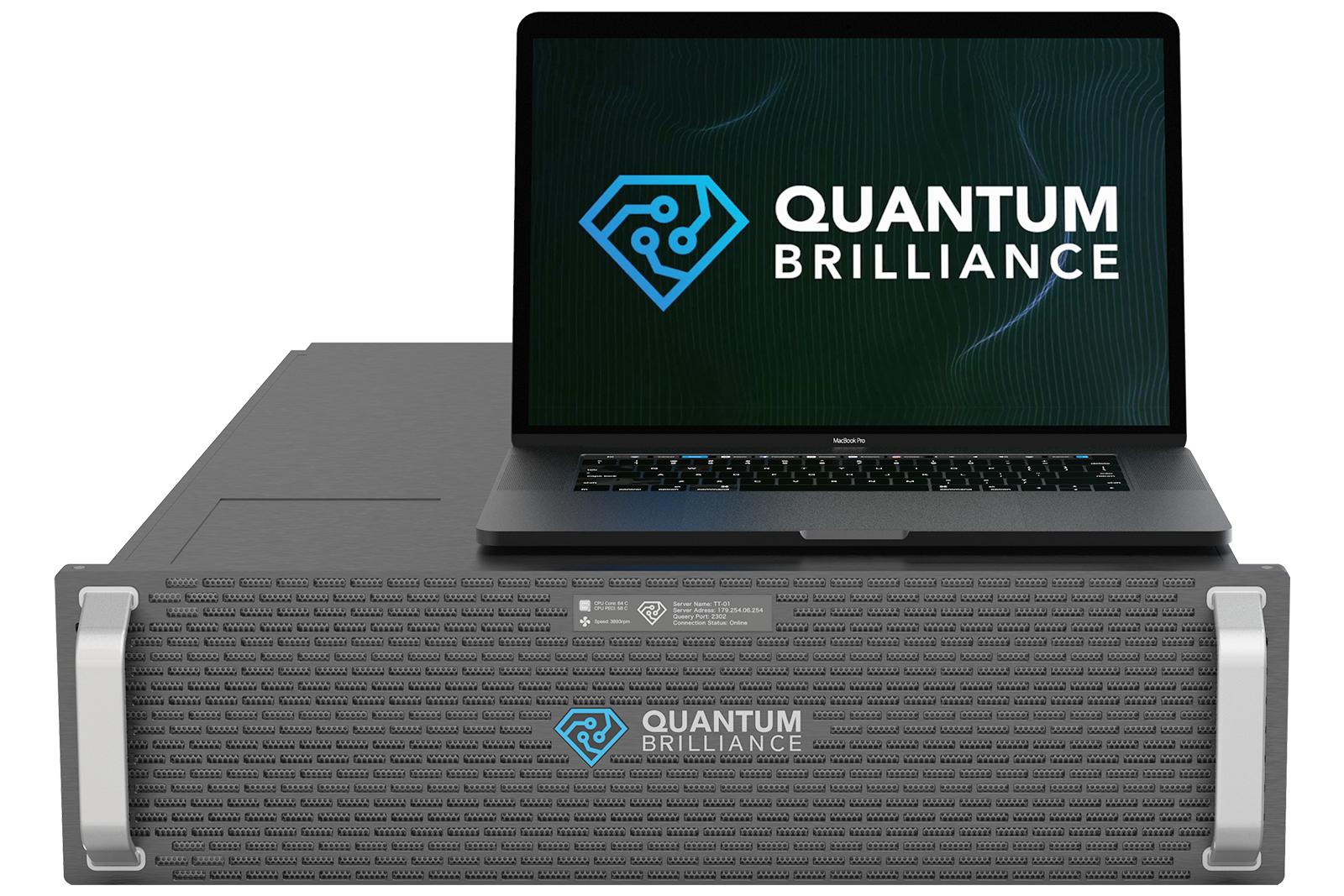Welcome to Qristal – The Quantum Brilliance SDK

Qristal is a full-stack library for designing, optimizing, simulating and running hybrid quantum programs.
Features
Execute quantum algorithms directly on QB’s next-generation room temperature quantum accelerators.
High-level quantum subroutines for solving practical problems including optimization, chemistry and machine learning.
A suite of world-class quantum circuit simulators, including GPU-capable and HPC-aware tensor network simulators.
Accurate noise models and emulation of Quantum Brilliance’s hardware.
Components and Licensing
This documentation covers both the Qristal Software Development Kit and its Emulator plugin.
Qristal is released under the open source Apache License, Version 2.0.
The Emulator plugin for Qristal can be obtained in binary form from Quantum Brilliance.
Basic Usage
- Getting started
- Examples
- Command-line interface
- Quantum Computing
- Noise models
- User defined noise models
- Variational Quantum Eigensolver (VQE)
- Example
- Python API
- Importing the module
- Setting up the parameters for VQE
- Setting up the optimization algorithm
- Stochastic gradient algorithms
- Heuristic algorithms
- Gradient-based algorithms
- Gradient-free algorithms
- Triggering the VQE execution
- Accessing the results
- Viewing the convergence trace
- Attributes related to the convergence trace
- C++ API
- General VQE information
- How to make function calls for a Python-level optimizer?
- Quantum Machine Learning (QML)
- Nextflow
- Qristal Emulator Getting Started Guide
- 1. Check that your system meets minimum requirements
- 2. Install Docker
- 3. Log in to the Gitlab Docker registry
- 4. Get the Qristal Emulator Image
- 5. Activate the image using your license key
- 6. Test that your image is successfully activated
- 7. Run some other examples
- 8. Test out the Jupyter Lab interface, and try the exercise
- 9. Write your own quantum programs!
- 10. Known issues
Source Code Documentation